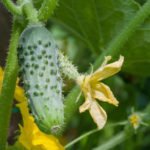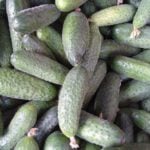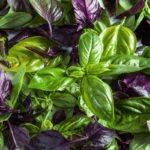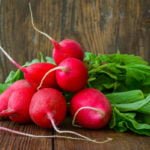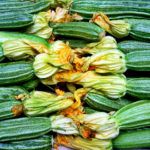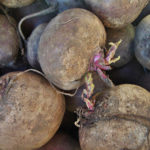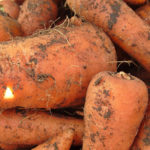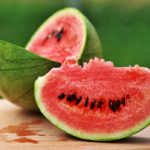Corn is an annual herbaceous plant with erect stems from 50 cm to 2 m (1.6-6.5 ft). The leaves are broad-lanceolate with a wavy edge. The flowers are bisexual: male – in spreading apical panicles, and female-in axillary thick cobs, wrapped in leaf-like sheaths from which hang numerous long filamentous stigmas of pistils; they bloom in June-July. Fruits – grains of white, yellow, orange, pink, red, black color; ripen in July-September. Decorative variety: ‘Harlequin’ (120 cm – 4 ft), leaves with green, red or white stripes on the cob with intensely red beans), ‘Strawberry’ (120 cm – 4 ft) yellow-green blade with small grains from yellow to burgundy-red), ‘Variegata’ (height 90 cm – 3 ft), leaves with creamy-white stripes, and ‘Sweet’ (yellow and red cobs).

Corn is a cultivated grain, medicinal, and ornamental plant. The food is cooked and canned young fruits, which are very useful for constipation, liver diseases, gout, nephritis, diseases of the cardiovascular system. Stigmas and columns of pistils are collected as medicinal raw materials with choleretic, diuretic, hemostatic, hypoglycemic (lowering blood sugar) and other effects.
Due to the high growth and large leaves, corn can be used as a cool plant or even make a hedge out of it, especially picturesque when using decorative varieties, along the borders of the country or its individual zones. Seeding pattern: 70-80 x 15-20 cm (27.5-31.5 x 5.9-7.9 inches), seeding depth 6-8 cm (2.4-3.1 inches). They prefer water-resistant and breathable, rather fertile, neutral soils, with the exception of heavy clay. Best predecessors: legumes, early vegetables, onions, cucumbers.

